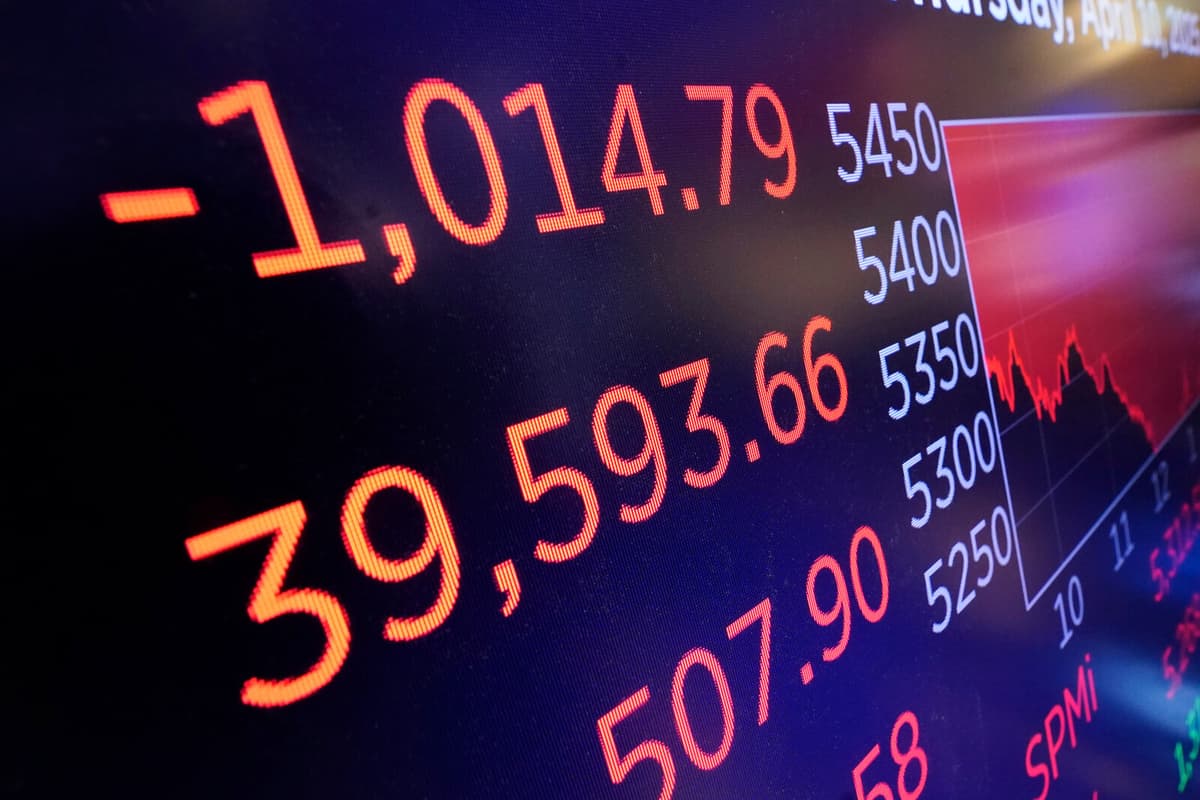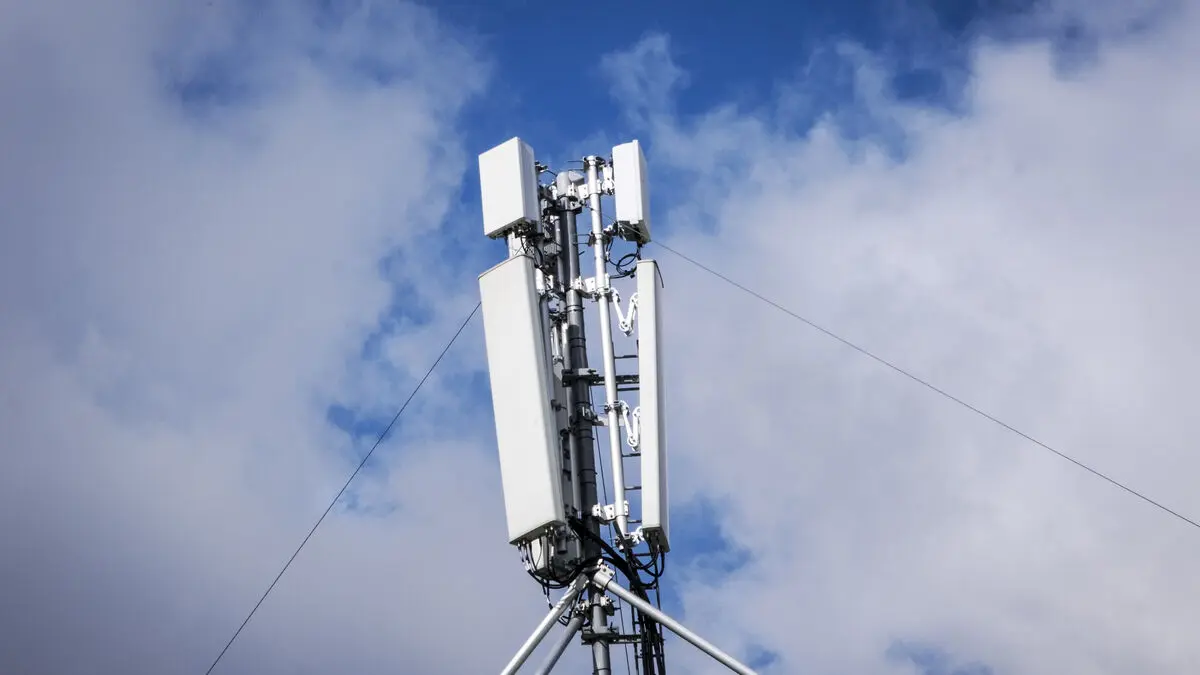In a fresh analysis of geopolitical risks – where trade barriers are pointed out as a risk factor – the IMF urges authorities and market players around the world to build up their preparedness. This applies to both the authorities' scope for intervention and companies' buffers in the financial system.
Unusual downward pressure on the dollar
The report comes a little over a week after the stock market crash on 3-4 April, following Trump's tariff shock against almost the entire world. In two days, the equivalent of 6,600 billion dollars (approximately 65,000 billion kronor) went up in smoke on Wall Street – which, according to The Wall Street Journal, is a historical record for two days.
Since then, stock markets around the world have been steered upwards and downwards by the latest bid from Trump or China's government in the trade war.
The tariff shock has also created an unusual downward pressure on the dollar – to its lowest rate in three years – and upwards on American market interest rates. These are two assets that normally function as safe havens in times of unrest.
Representatives of the US central bank Federal Reserve (Fed) have, as a result of the interest rate freeze, clarified that they are ready to intervene with support purchases if needed. And it was, among other things, this development that lay behind Trump's decision to pause large parts of the new US tariffs against 180 countries presented on 2 April.
Can become a new market shock
The rating institute S&P Global warned days after President Donald Trump's tariff shock that they must review all economic forecasts. Colleagues at Fitch Ratings lowered their growth forecasts – both in the US and globally – already in March, citing the Trump administration's initiation of a trade war. And the chief economist of the rating institute Moody's, Mark Zandi, has declared that he sees an increased risk of global recession due to the tariff shock.
If, after this, a wave of downgraded credit ratings comes – perhaps even for the US – it can become a new market shock.
Lower credit ratings can lead to major market reactions when funds and other investors clear out risk-stamped assets. It can also push up costs to unsustainable levels for highly indebted companies or for states that need money to cover large budget deficits.





